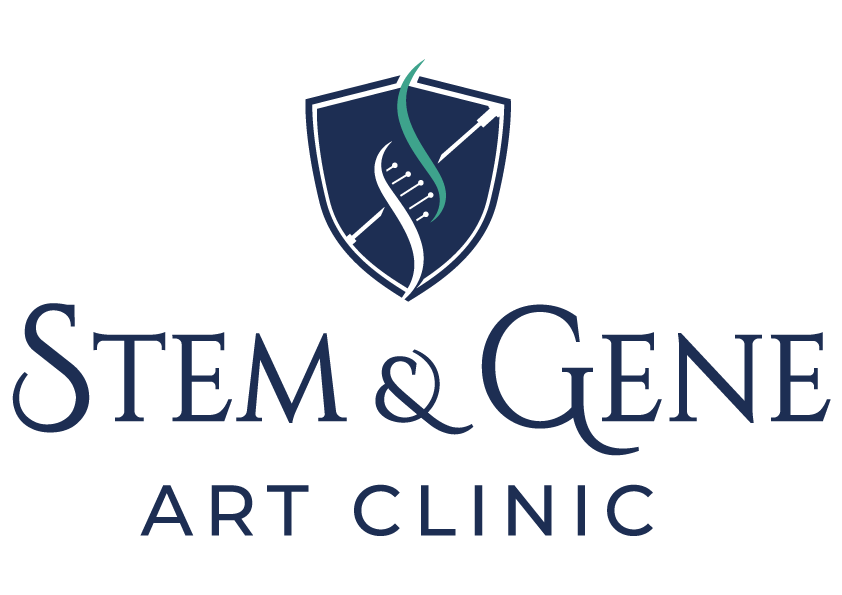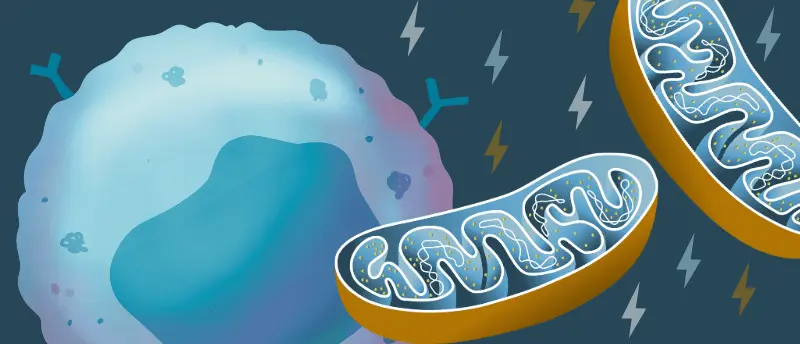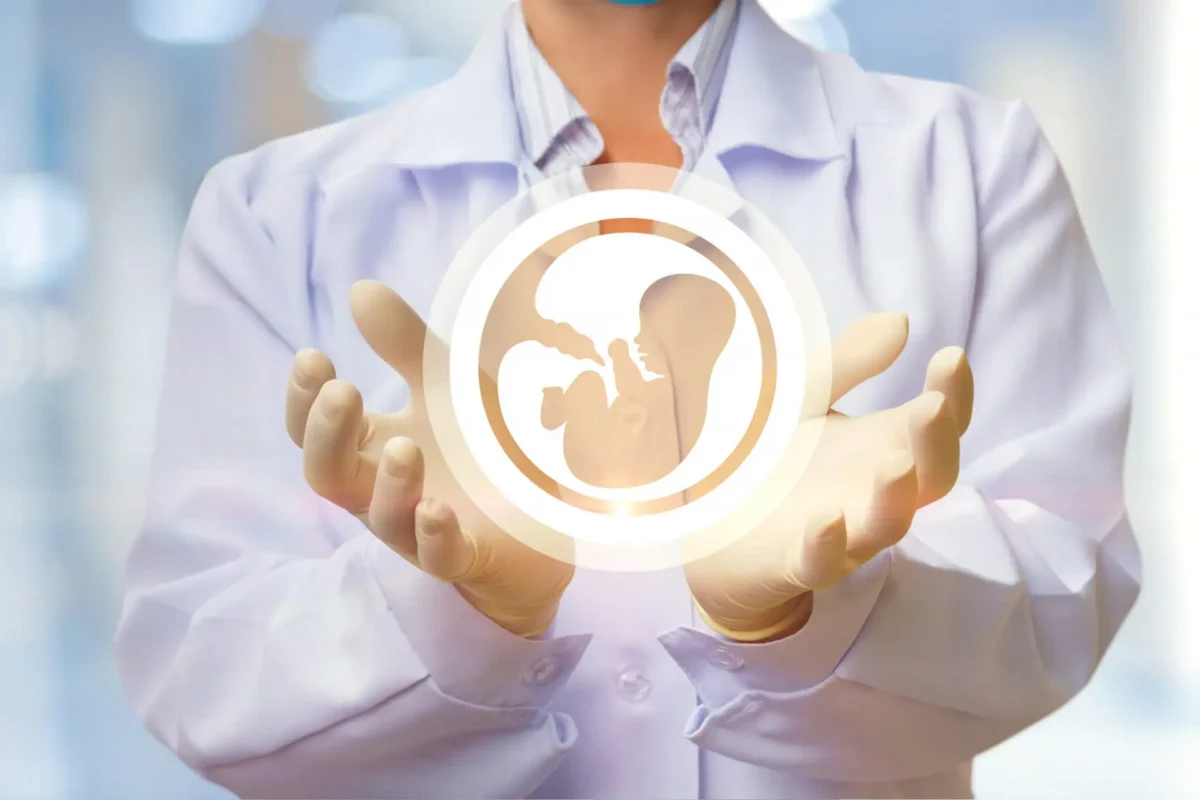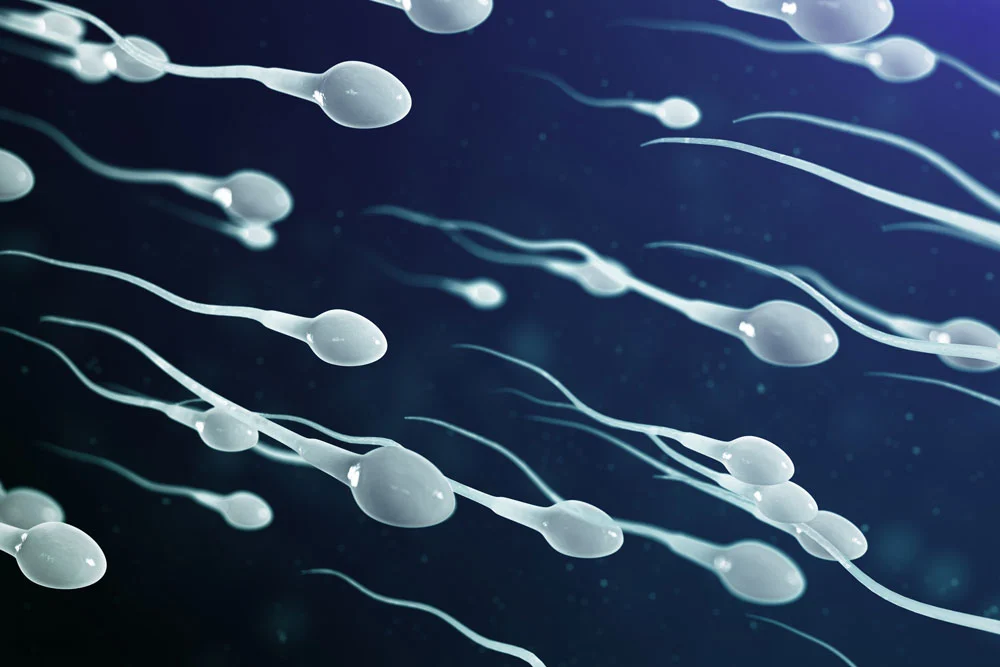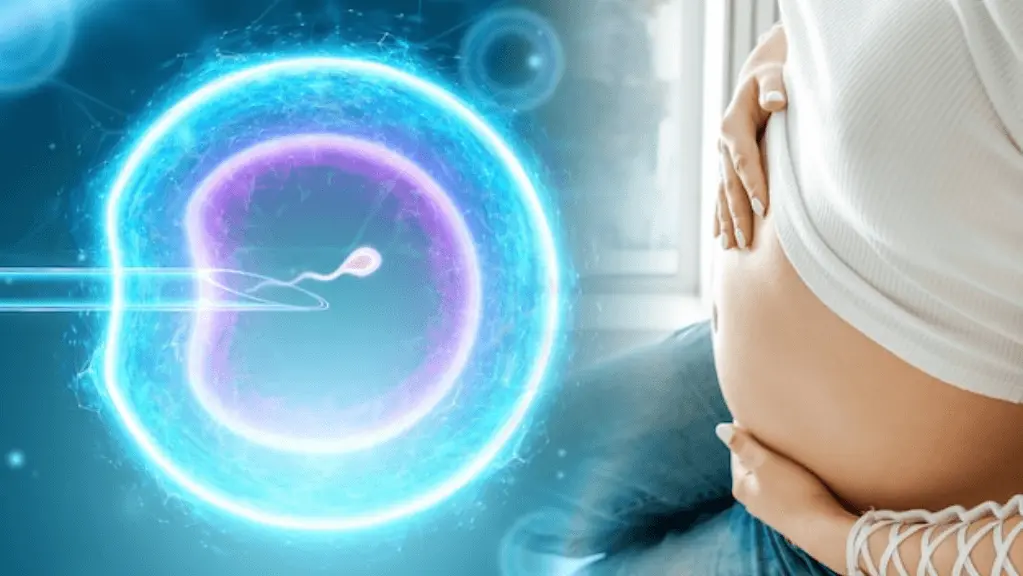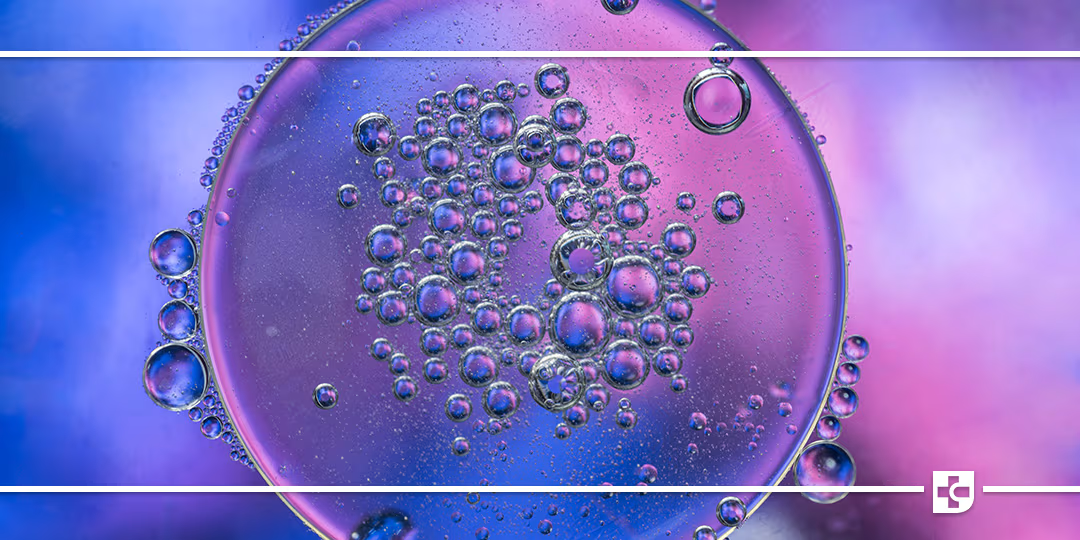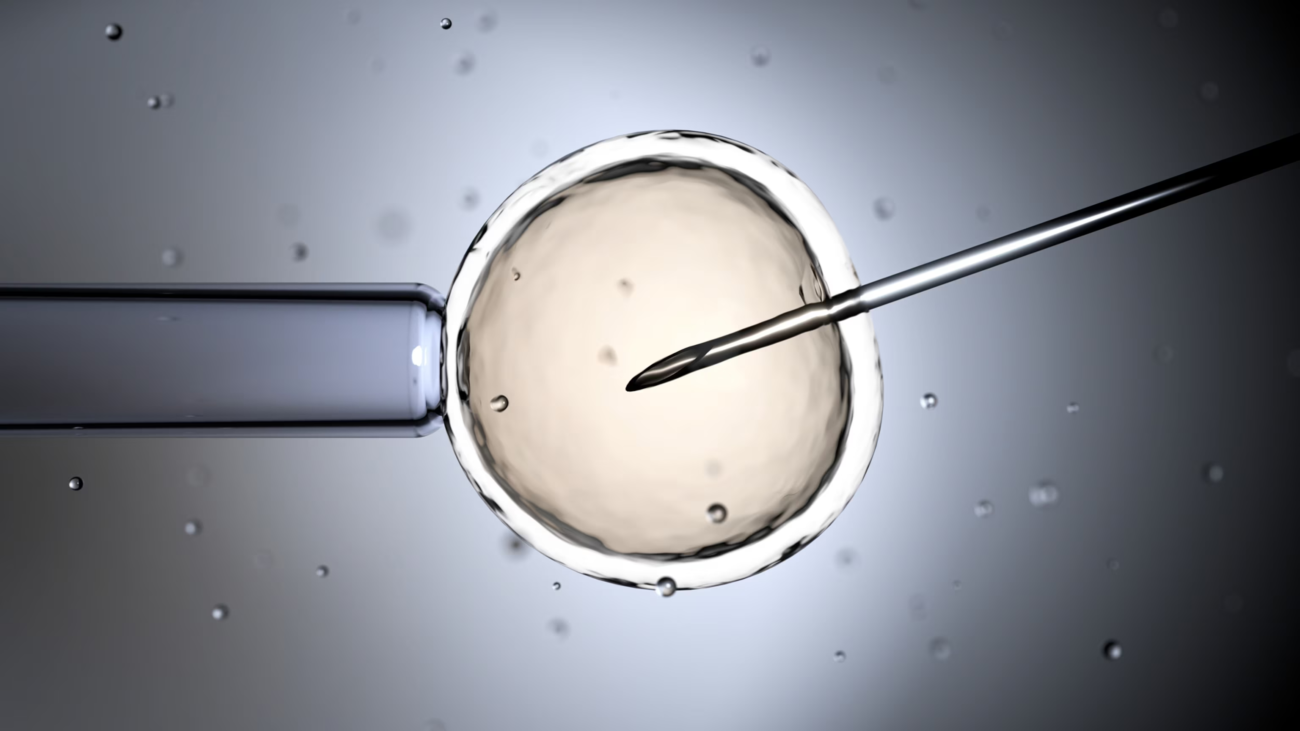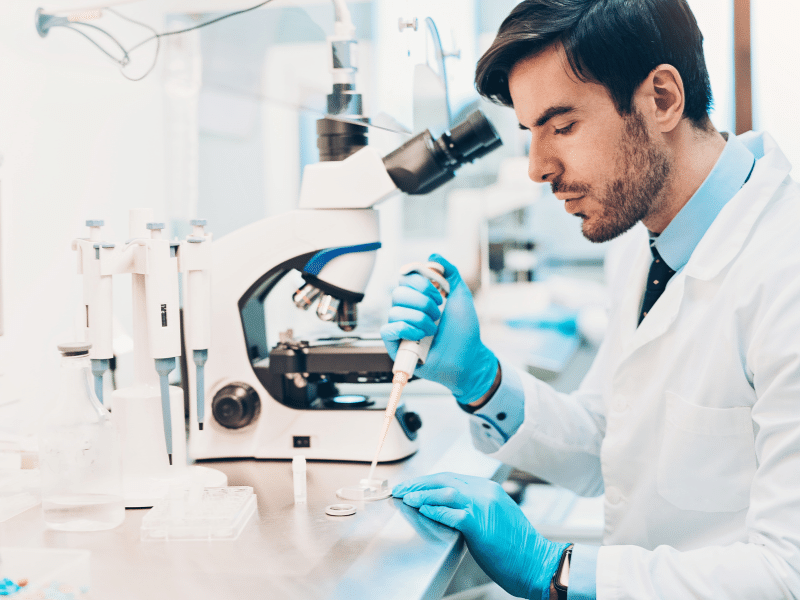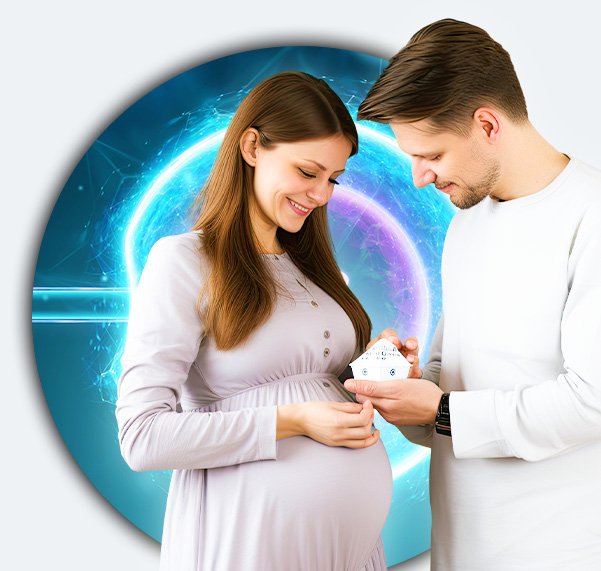Mitochondrial transfer, often referred to as mitochondrial replacement therapy (MRT), represents a groundbreaking advancement in reproductive medicine aimed at preventing the transmission of serious genetic disorders. This technique involves replacing defective mitochondria in a mother’s egg with healthy mitochondria from a donor, effectively creating an embryo with genetic material from three individuals: the mother, the father, and the donor. While the majority of a child’s DNA still comes from the mother and father, the donor’s mitochondrial DNA plays a crucial role in ensuring the child’s cells can produce energy efficiently and avoid inherited mitochondrial diseases. This innovative approach offers new hope to families with a history of such disorders, allowing them the chance to have healthy biological children. In this blog post, we’ll explore how mitochondrial transfer works, its medical significance, and the ethical questions it raises in the context of modern genetics.
What Is Mitochondrial Donation and How Does It Work?
Mitochondrial donation is an advanced reproductive technique designed to prevent the inheritance of mitochondrial diseases—genetic disorders caused by faulty mitochondria, which are the energy-producing structures in cells. The process typically involves combining the nuclear DNA from the intended mother’s egg (which may carry defective mitochondria) with healthy mitochondria from a donor egg. There are two main methods used: maternal spindle transfer (before fertilization) and pronuclear transfer (after fertilization). In both approaches, the resulting embryo contains nuclear DNA from the biological parents and a small portion of mitochondrial DNA from the donor, ensuring the child is free of mitochondrial disease while still being genetically related to the parents. This pioneering method holds the potential to break the cycle of inherited mitochondrial conditions and offers new reproductive choices for affected families.
Three-Parent Babies: Ethical and Scientific Perspectives
The concept of “three-parent babies” arises from mitochondrial donation techniques that involve genetic material from three individuals: the mother, the father, and a mitochondrial donor. While the procedure offers a powerful solution for preventing inherited mitochondrial diseases, it also introduces complex ethical and scientific debates. From a scientific standpoint, the technique is a remarkable advancement in genetics and reproductive health, enabling families with mitochondrial disorders to have healthy biological children. However, ethical concerns include questions about identity, the long-term effects of altering the germline, and the rights of the donor. Critics worry about the potential slippery slope toward designer babies, while proponents emphasize the humanitarian benefit of eliminating debilitating conditions. As this technology continues to evolve, careful regulation, transparency, and public discourse will be essential to balancing innovation with ethical responsibility.
Which Patients Are Suitable for Mitochondrial Transfer?
Mitochondrial transfer is primarily intended for women who carry mutations in their mitochondrial DNA (mtDNA) that could be passed on to their children, leading to serious and often fatal genetic disorders. These patients may have a personal or family history of mitochondrial diseases such as Leigh syndrome, mitochondrial myopathy, or MELAS. Women who have previously given birth to children affected by mitochondrial conditions are often considered strong candidates. In some cases, the procedure may also be explored by individuals with unexplained recurrent IVF failures linked to poor mitochondrial function. However, eligibility for mitochondrial transfer is determined through a thorough medical evaluation, genetic testing, and counseling, ensuring that the benefits outweigh the risks and that the patient fully understands the scientific and ethical implications of the procedure.
Mitochondrial transfer stands at the cutting edge of reproductive medicine, offering a life-changing opportunity for families affected by mitochondrial disorders. By enabling the birth of healthy children free from inherited mitochondrial diseases, this technique not only addresses a critical medical need but also opens the door to new genetic possibilities. However, its use brings with it significant ethical considerations, from questions of identity and genetic heritage to broader concerns about germline modification. As science continues to advance, the future of mitochondrial transfer will depend on responsible regulation, informed public dialogue, and a commitment to both innovation and ethical integrity.
